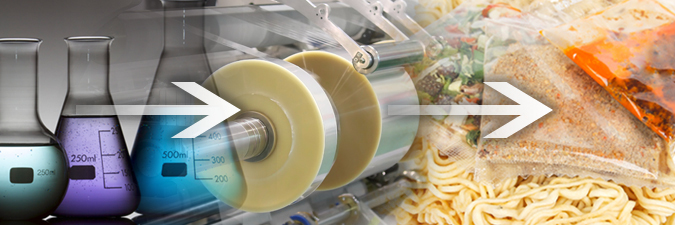MERCOSUR Revised Resolution on Additives for Plastic Food-Contact Materials Expected Next Year

MERCOSUR (Mercado Común Del Sur or the "Common Market of the South") is revising GMC Resolution No. 32/07, "Positive List of Additives for Plastic Materials Intended for the Manufacture of Packages and Equipment in Contact with Foods," with a final resolution expected to be completed in 2017. Currently, the positive list includes both substances that are added to plastic to obtain a desired effect (e.g., antioxidants, foaming agents, lubricants, and plasticizers), and substances that are used to produce an appropriate polymerization medium (e.g., surfactants, pH-regulating agents, and solvents). Limits on use level, composition, and specific migration also are included in the legislation.
The MERCOSUR Food Packaging Group met on March 7-10, 2016 to discuss the most recent draft revision of GMC Res. No. 32/07. The draft resolution, known as Resolution 03/13, is titled, ”MERCOSUR Technical Regulation on the Positive List of Additives for the Preparation of Plastics, Polymeric Coatings, and Silicon in Contact with Food.” Several issues are still under discussion. For instance, Brazil has recommended that solvents and other polymer production aids (PPAs) be excluded from the positive list of additives. Both Brazil and Paraguay have suggested that provisions concerning the use of PPAs, and possibly a harmonized list of PPAs permitted for use in food-contact applications, be included in a separate regulation. Brazil also has suggested that the definition of “functional barrier” be defined as it is in the EU Plastics Regulation (EU) No 10/2011.
Currently, draft Resolution 03/13 requires manufacturers and importers to know the full composition of their products and to make the details available to customers and the responsible authorities upon request. Industry, through comments on the draft resolution, have pointed out that while the EU Plastics Regulation provides for disclosure of compliance information, it does not require disclosure of full compositional information to customers or authorities.
Several other issues still under discussion are how to define polymeric coatings—along with whether or not the revised positive list of additives should apply to polymeric coating used in direct contact with food—and whether printing inks or ion exchange resins will be covered by the Resolution. For more background information, see the PackagingLaw.com article, Food Packaging Regulations in Latin America: Moving Towards Harmonization.